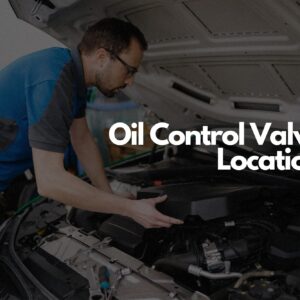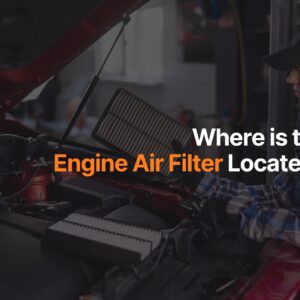
The oil pan typically sits at the bottom of the engine where it serves as a reservoir for the engine oil that gets pumped throughout the system.
Also known as a sump, an engine oil is usually made from steel or aluminum. Because the oil tends to move around the reservoir, a pan baffle or oil pan shape is used to keep the oil inlet below the oil.
Some oil pans can also come with built-in windage trays. This tray prevents the oil from being churned up by the rotating crankshaft.
Without a windage tray, too much air can aerate the oil at high speeds, causing it to get thrown everywhere.

Tips On How to Access the Oil Pan
To access the oil pan, make sure your vehicle is raised using jack stands. This will make it easier for you to get under the vehicle.
You’ll need to remove a couple of bolts to take out the oil pan. In some vehicles, exhaust pipes might get in the way, making it a bit more difficult to remove the pan.
Also, use WD-40 before removing the bolts to avoid stripping them.
Any information provided on this Website is for informational purposes only and is not intended to replace consultation with a professional mechanic. The accuracy and timeliness of the information may change from the time of publication.
































